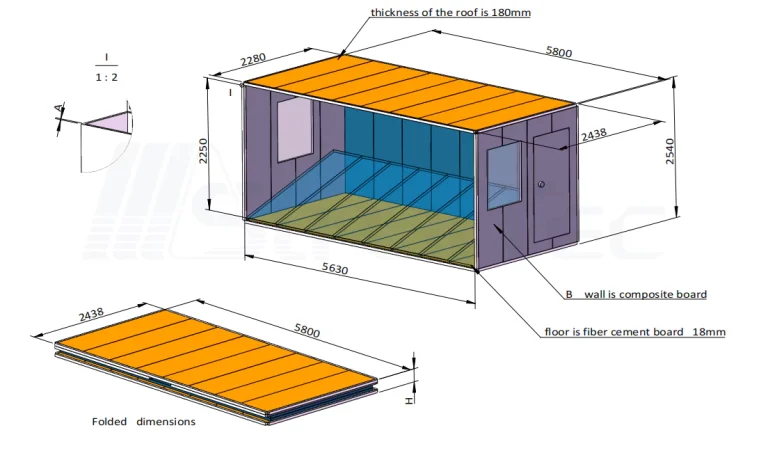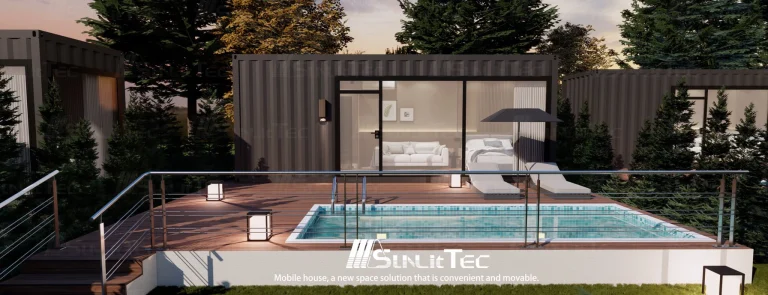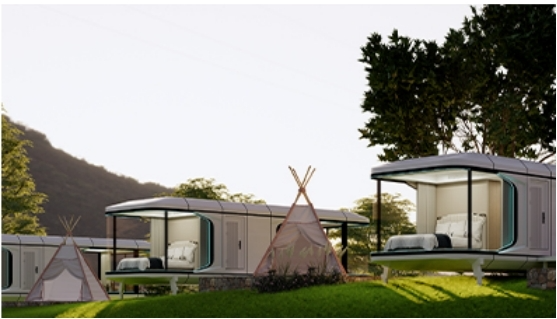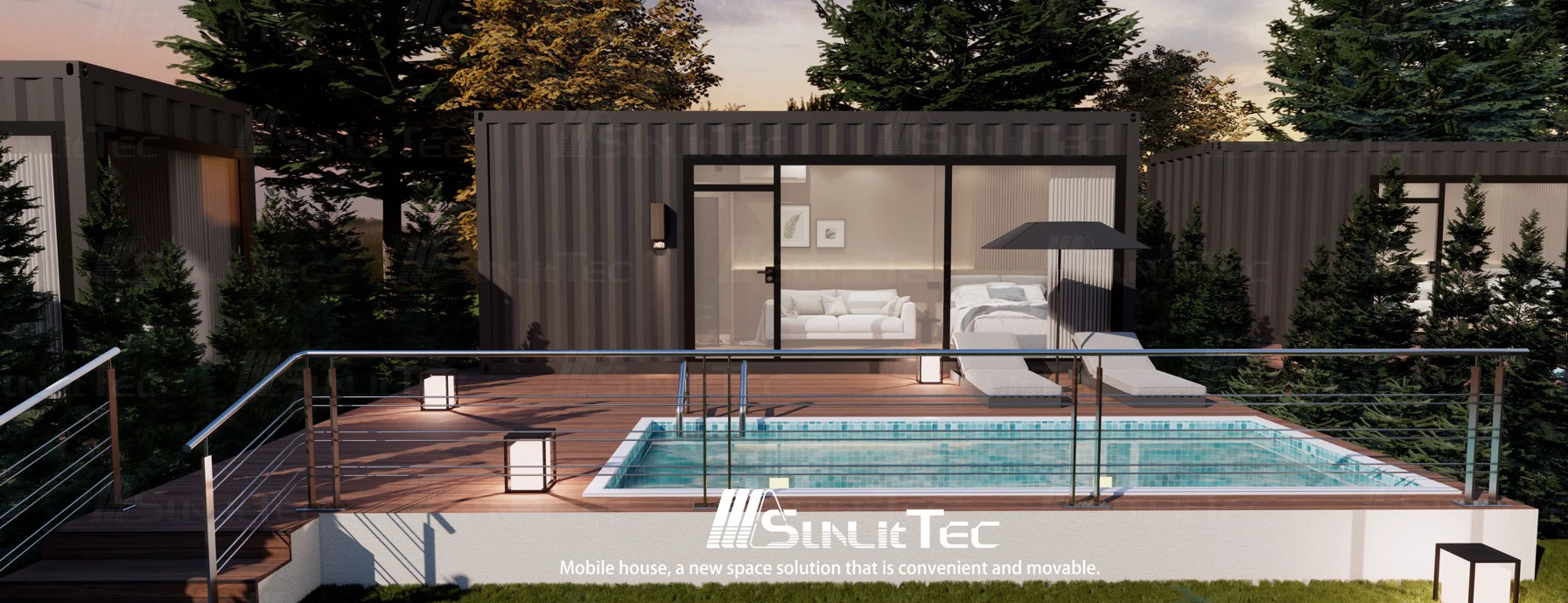
Fancy a tiny home life? Uncover vital expense elements, clever thrift tricks, and pro tips to craft your ideal compact dwelling without busting your funds. Kick off your adventure here!
Key Factors Influencing the Cost of Building a Tiny House
Crafting a tiny home brings several cost points that shift with your picks and tastes. Grasping these elements helps you plot wisely and handle your spending.
Materials and Construction Costs
The stuff you pick for your tiny home greatly sways the total expense. Top-grade supplies like sturdy timber, steel, or special padding might cost more. Yet, they bring lasting strength and visual charm. Small movable wooden huts, for example, often use solid timber or glued layered wood. This creates a cozy, earthy vibe. Also, choosing pre-made setups like cargo box homes or snap-together units can trim supply costs. Their smart layout makes hauling and setup smoother by allowing quick takedown and rebuild.
Labor and Professional Services
Work costs hinge on whether you tackle the tiny home yourself or call in pros. DIY building can slash cash but demands time, know-how, and gear. On the flip side, hiring builders ensures skilled work. But it hikes the tab. Tasks like pipe fitting, wiring, and air system setup add to work expenses too.
Land and Foundation Expenses
Snagging a fitting patch of ground is another big piece. Costs swing based on spot, zoning rules, and reachability. Plus, base types—like cement pads, crawl zones, or trailer beds—tweak spending. Movable picks like detachable wheel frames bring flexibility for shifting spots. They cut base costs too.
Additional Expenses to Consider
Past main building costs, other must-have outlays crop up when crafting a tiny home.
Utilities and Infrastructure
Rigging up essentials like power, water lines, waste systems, and web links is key for use. Off-grid picks like sun panels or compost loos might shrink long-run utility tabs. But they need upfront cash.
Interior Finishing and Customization
Inside bits like floors, cupboards, gadgets, lights, and furnishings pile onto the final bill. Tweaking lets you shape the space to your wants. Yet, it can boost costs if you lean toward fancy stuff or one-of-a-kind looks.
Cost-Saving Tips for Building a Tiny House
Using sharp plans can trim expenses without skimping on caliber.
Opting for Recycled or Repurposed Materials
Grabbing reused or second-life supplies is a green way to pinch pennies. Old timber from torn-down spots or used fixtures can cut supply costs. They add personality to your tiny home too.
Exploring Alternative Building Techniques
Other methods like snap-together builds or fold-up designs speed up crafting and drop costs. Fold-up homes ship in heaps at a lower rate. Yet, they offer plenty of living room like standard homes. These fresh ways boost thrift without ditching utility.
Financing Options for Tiny House Construction
Locking in funds for your tiny home gig is vital if starting cash runs short.
Personal Loans vs. Specialized Tiny House Loans
Personal loans are easy to snag but might carry steeper interest than special tiny home loans some lenders offer. Digging into these choices fully helps you land terms that fit your money setup.
Budget Planning and Expense Tracking
Whipping up a thorough budget ensures you spread resources smartly across all build parts. Keeping tabs on spending regularly stops overages. It lets you tweak plans if surprise costs pop up too.
By grasping these elements and using thrift measures, you can craft a workable yet budget-friendly tiny home suited to your life wants.
Sunlit Tec: A Reliable Partner in Your Tiny House Journey
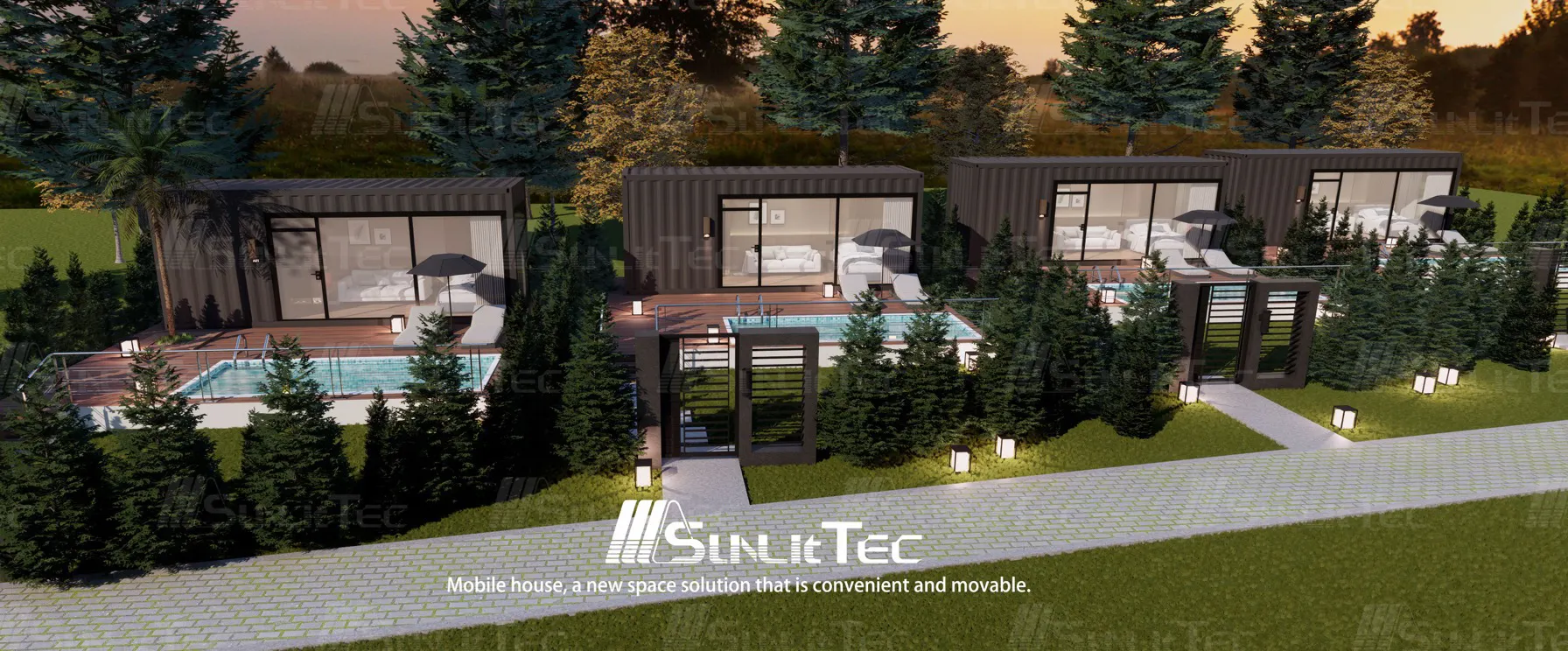
Starting the trek to build a tiny home is thrilling yet tough. Picking the right ally to steer you through is key for a smooth, rewarding ride. Sunlit Tec has carved a name as a trusty guide in the tiny home world. They offer fresh fixes and unmatched skill.
Why Choose Sunlit Tec for Your Tiny House Needs?
Sunlit Tec brings a full slate of services tailored to fit varied tiny home calls. Their lineup includes movable homes, snap-together housing, and cargo box homes. This ensures bendiness and tweaking for every buyer. Movable homes cover space pods, apple pods, plank huts, cargo box homes, and assorted custom mini homes. This range lets you pick a look that matches your life and wallet.
Their snap-together designs shine for folks chasing cost-smart and swift build ways. This type’s snap-together setup makes hauling and setting up easier. It allows quick takedown and mixing as needed. This adaptability ensures your tiny home fits shifting scenes or moving wants without big extra costs.
Sunlit Tec also pushes top-notch supplies that boost lasting power and visual pop. Whether you crave sturdy timber for an earthy feel or modern stuff for a sleek vibe, they’ve got picks for all tastes. Small movable wooden huts often use solid timber or glued layered wood. This crafts a warm, natural mood.
Their pledge to buyer joy goes past building. Sunlit Tec offers steady help for utility rigging, inside touches, and tweaking. This ensures your tiny home works well and feels truly yours.
Conclusion: Evaluating the Total Cost of Your Tiny House Project
When plotting your tiny home gig, sizing up the full expense takes careful thought of many bits. From supply picks to work costs and land grabs, each part adds big to the overall pot.
Teaming with a solid ally like Sunlit Tec eases this by offering clear pricing and pro know-how. Their fresh designs—like fold-up homes—bring thrift without skimping on caliber or use. Fold-up homes ship in heaps at a lower rate. Yet, they offer plenty of living room like standard homes. By tapping their skill, you can strike a mix of cost smarts and custom looks.
FAQs About Building a Tiny House
What is the average cost of building a tiny house?
The typical expense shifts with size, supplies, work, and tweaking. It usually spans $6,000 to $30,000, customized according to needs. But it can climb for plush finishes or rare looks.
Are there hidden costs involved in tiny house construction?
Yes, sneaky costs might include permits, utility hookups, land prep, and surprise fixes during building. Setting cash aside for these what-ifs is a must.
How long does it take to build a tiny house?
The timeline ties to complexity and if it’s DIY or pro-built. On average, pros take 45 to 60 days. DIY gigs might stretch longer based on skill and free time.

